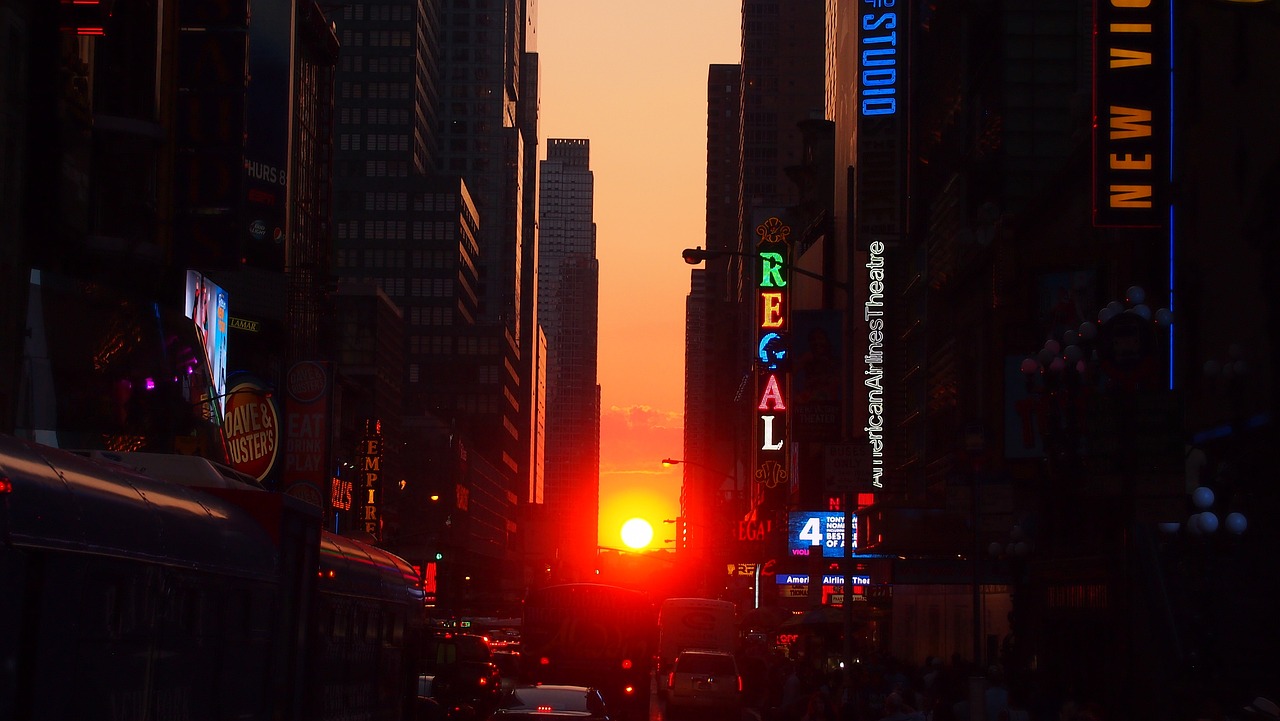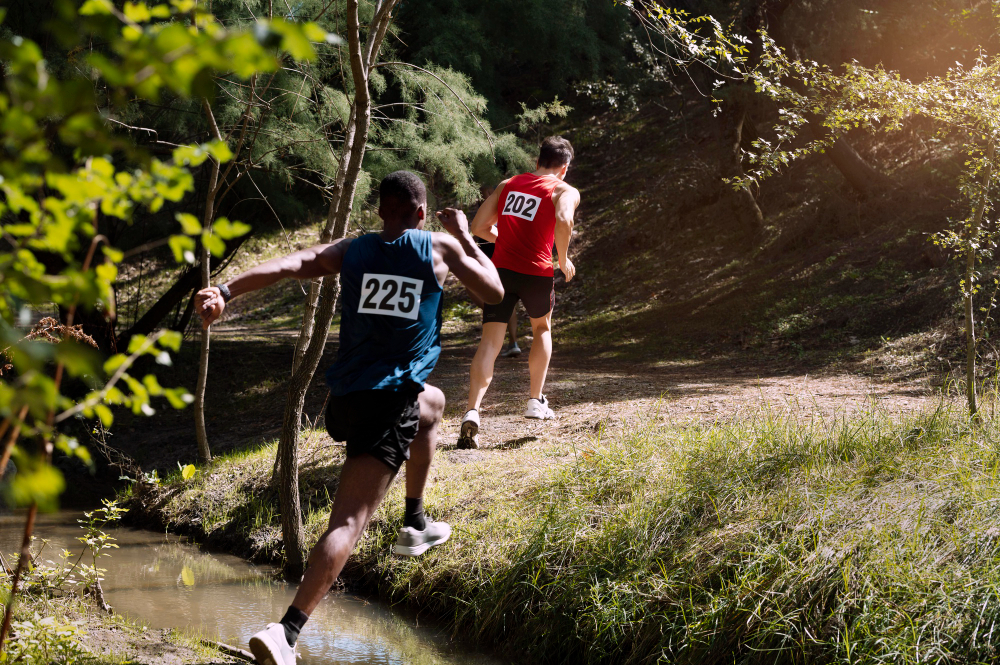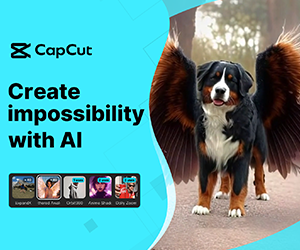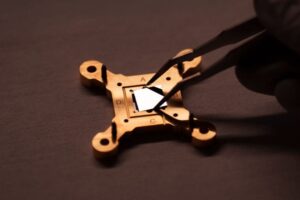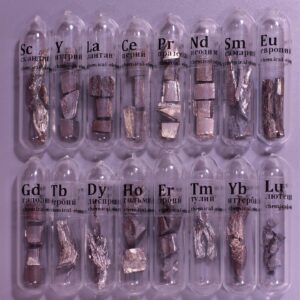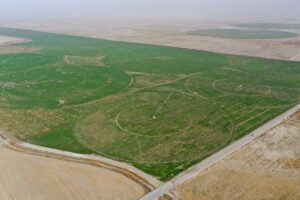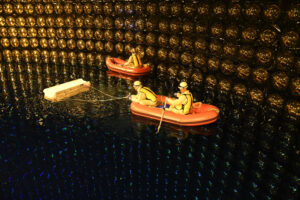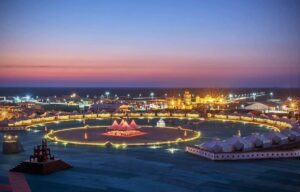 Pin
Pin Image by Kawasaki
A robot with hooves that you can ride? Sounds like something out of a sci-fi movie—but it’s real. Kawasaki has pulled the curtain back on CORLEO, a four-legged robotic beast that walks, rides, and climbs like nothing we’ve seen before. Blending animal-like movement with industrial power, CORLEO isn’t your average machine. It walks on hooves, reacts to your body, and maneuvers rough terrain with eerie precision.
This isn’t just a prototype built to impress engineers. It’s a serious shift in how we think about mobility—especially in environments where wheels just don’t cut it. From disaster zones to rugged trails, and maybe even the battlefield, CORLEO is built to move where nothing else can. Plus, it’s powered by hydrogen, pushing clean energy into the world of robotics.
So, what is this creature-like machine really capable of? And why is everyone—from tech geeks to outdoor adventurers—talking about it? Let’s dive into the story behind Kawasaki’s wildest ride yet.
Table of Contents
Meet CORLEO – Kawasaki’s Robotic Beast with Hooves
 Pin
Pin Image by Kawasaki
Kawasaki unveils CORLEO, and it doesn’t look like anything you’ve seen in the robotics world before. It’s not sleek and humanoid. It’s not boxy and rolling on wheels. It’s a four-legged machine with actual hooves, and it moves like a cross between a mountain goat and a mechanical mule. CORLEO’s design screams functionality over flash—but it still manages to steal the spotlight. Unlike most robots stuck to flat surfaces, CORLEO can actually walk, climb, and carry human riders. This makes it not just a cool prototype but a real answer to the mobility problems that robots have struggled with for years.
CORLEO is part of Kawasaki’s broader push into bipedal and quadrupedal robotics. But this one stands out for how oddly natural it looks in motion. The hooves aren’t just aesthetic—they’re smartly designed to handle tough terrain. Whether it’s stairs, gravel, or uneven ground, CORLEO tackles it with balance and stability that you usually only see in animals. Watching it move is oddly hypnotic. It’s like watching evolution skip ahead a few centuries.
The robot isn’t just built to walk—it’s built to work. And that’s the exciting part. Kawasaki didn’t build this thing to show off. They built it to handle jobs that would wreck a wheeled bot in seconds. CORLEO brings robotic mobility into places that used to be off-limits. It’s not hard to picture it on a farm, in a warehouse, or even on a rescue mission in disaster-hit zones. The hooves? They’re not just for show—they’re built for purpose.
Why CORLEO Walks on Hooves—And Why That’s a Big Deal
 Pin
Pin Image by Kawasaki
Hooves on a robot? It sounds strange at first. But when Kawasaki unveils CORLEO with four hooved legs, they’re doing something most robots can’t—walking like a real animal. Wheels are great on smooth floors. Legs are better on uneven ground. But hooves? That’s next-level thinking. They offer grip, balance, and shock absorption, especially on rocky or unstable surfaces. It’s like putting the agility of a mountain goat into a robot that can carry equipment—or even people. CORLEO isn’t just about walking. It’s about walking smart.
Kawasaki’s engineers knew that if a robot was going to handle rough terrain, it couldn’t have flat feet or rolling treads. It needed something evolved. Hooves, with their natural shape and strength, are built for all types of ground. This choice lets CORLEO go where other robots hesitate—climbing stairs, crossing gravel, or moving through debris-filled areas without getting stuck or off-balance.
This isn’t just smart engineering. It’s nature-inspired design, and it gives CORLEO an edge. Hooves change everything.
The Tech Behind CORLEO – Hydrogen Power and AI Coordination
A four-legged robot that’s not just about looks—it’s packed with smart tech. At its core, CORLEO runs on a 150cc hydrogen engine that powers electric motors in each leg. This setup means it emits only water, making it eco-friendly and quiet. The hydrogen tanks are tucked into the back, and the engine sits up front, giving it a balanced feel. This design isn’t just for show; it’s built for real-world use, especially in places where traditional vehicles struggle.
But what really sets CORLEO apart is its brain. Using artificial intelligence, it constantly analyzes both the terrain and the rider’s movements. If you lean forward, it moves ahead. Shift your weight to one side, and it turns. This responsive system makes riding feel natural, almost like you’re on a living creature. The legs work independently, adjusting to bumps and slopes to keep you steady. It’s not just a ride; it’s an experience that blends human intuition with robotic precision.
The dashboard adds to this experience. It shows you important info like hydrogen levels, your center of gravity, and even projects markers on the ground at night to guide your path. This mix of clean energy, smart design, and rider-focused features makes CORLEO more than a concept—it’s a glimpse into the future of personal mobility.
CORLEO’s Real-World Potential – Beyond the Showroom
While it might look like a sci-fi concept, its potential applications are grounded in real-world needs. Designed to traverse challenging terrains, CORLEO could be a game-changer for industries like agriculture, search and rescue, and even military operations. Its ability to adapt to various environments means it can go where traditional vehicles can’t, making it invaluable in situations where accessibility is a challenge.
In agriculture, CORLEO could assist in navigating uneven fields, transporting equipment, or even monitoring crops. For search and rescue missions, especially in disaster-stricken areas with debris and unstable ground, its stability and adaptability could be life-saving. Military operations could also benefit from a robot that can carry supplies or reconnaissance equipment across terrains that are inaccessible to wheeled vehicles.
While still in the conceptual phase, the vision for CORLEO extends beyond being a novelty. Kawasaki is exploring practical applications that could revolutionize how we approach mobility in challenging environments. As technology advances, the line between concept and reality continues to blur, and CORLEO stands at the forefront of this evolution.
Real-World Applications – From Adventure to Emergency Response
CORLEO isn’t just a futuristic concept; it’s a glimpse into how robotics can revolutionize various industries. Its design, inspired by both motorcycles and animals, offers a unique blend of agility and strength. This makes it suitable for a range of applications, from recreational adventures to critical emergency responses.
In the realm of outdoor exploration, CORLEO’s ability to navigate rugged terrains opens up new possibilities. Enthusiasts could traverse landscapes previously inaccessible, experiencing nature in a whole new way. Its responsive controls, which adapt to the rider’s movements, ensure a seamless and intuitive ride.
Beyond leisure, CORLEO holds promise for emergency services. In disaster-stricken areas where traditional vehicles falter, its stability and adaptability could prove invaluable. Whether it’s delivering supplies or aiding in search and rescue missions, this robotic steed could become a vital tool in challenging environments.
While still in development, the potential applications of CORLEO are vast. As technology advances, it’s poised to redefine mobility across various sectors, blending innovation with practicality.
The Future of Personal Mobility – A New Frontier
CORLEO represents a bold step into the future of personal transportation. By integrating advanced robotics with intuitive controls, it offers a unique riding experience that adapts to the rider’s movements. This synergy between human and machine could redefine how we approach travel in challenging terrains.
The potential applications extend beyond recreation. In agriculture, CORLEO could assist in navigating uneven fields, transporting equipment, or monitoring crops. For search and rescue missions, especially in disaster-stricken areas with debris and unstable ground, its stability and adaptability could be invaluable. Military operations might also benefit from a robot capable of carrying supplies or reconnaissance equipment across terrains inaccessible to wheeled vehicles.
While still in development, the vision for CORLEO extends beyond being a novelty. As technology advances, it’s poised to redefine mobility across various sectors, blending innovation with practicality.
The Road Ahead – From Concept to Reality
CORLEO stands as a testament to Kawasaki’s vision for the future of mobility. While currently a concept, the company envisions this hydrogen-powered, rideable robot becoming a practical solution for traversing challenging terrains. The integration of artificial intelligence allows CORLEO to adapt to various environments, responding to the rider’s movements and maintaining balance on uneven surfaces.
The potential applications for such a robot are vast. In agriculture, it could assist in navigating uneven fields, transporting equipment, or monitoring crops. For search and rescue missions, especially in disaster-stricken areas with debris and unstable ground, its stability and adaptability could prove invaluable. Military operations might also benefit from a robot capable of carrying supplies or reconnaissance equipment across terrains inaccessible to wheeled vehicles.
While a commercial release may still be years away, the development of CORLEO signifies a step forward in combining robotics with sustainable energy solutions. As technology continues to advance, concepts like CORLEO could become integral to various industries, offering innovative approaches to mobility and transportation challenges.
Why CORLEO Feels Alive – Movement, Emotion, and Design
There’s something oddly lifelike about CORLEO. Not in a creepy, humanoid way—but in how it moves, reacts, and holds itself. It doesn’t lurch like a typical robot. It walks with rhythm, adjusts with care, and even seems to hesitate slightly before stepping, like it’s thinking. This gives it a presence that makes you pause. CORLEO wasn’t designed just to carry a rider or walk across rocks—it was built to feel like a creature you’re partnering with, not just riding on.
The four-legged design, paired with that responsive AI system, makes it feel less like a machine and more like a co-pilot. Riders don’t need to use clunky controls. They just shift their body, and it responds. That tight connection between human and robot gives off an emotional vibe—something rare in cold mechanical systems.
Even the way it stands when idle feels deliberate. Not stiff or robotic, but stable and ready, like it’s waiting for the next move. That subtle sense of “aliveness” is what makes CORLEO fascinating—and honestly, a little addictive to watch in motion.
How CORLEO Is Challenging Traditional Vehicle Design
For decades, off-road mobility meant dirt bikes, ATVs, or rugged 4x4s. All of them rely on wheels, suspension, and brute force to push through terrain. CORLEO flips that idea. Instead of wheels, it leans into legs—flexible, hoofed ones. And instead of just power, it uses intelligence. This is a completely different way of thinking about how people and machines move through difficult environments.
The concept changes what we expect from a ride. It’s not about speed or horsepower anymore—it’s about balance, adaptability, and interaction. Four legs give it the ability to move with purpose and strategy, not just spin tires. Climbing over rocks or maneuvering through tight trails isn’t just possible—it’s smooth.
Even the materials and build reflect this shift. Lightweight frames, a low center of gravity, and energy-efficient hydrogen power create something that feels closer to a living mount than a motorbike. It’s as much about the experience as the destination. This kind of design thinking pushes boundaries and shows that mobility doesn’t have to be noisy, polluting, or limited by roads.
CORLEO and Sustainable Robotics
In an era where sustainability is paramount, CORLEO’s hydrogen-powered system presents a leap forward in eco-friendly robotics. Unlike gas-guzzling vehicles or robots that rely heavily on lithium batteries, CORLEO’s use of hydrogen fuel is a nod to cleaner, greener tech. The emissions? Only water vapor—an ideal outcome for a world grappling with climate change and environmental challenges.
The decision to go hydrogen also ties into Kawasaki’s larger vision for creating robotics that have a minimal environmental footprint. Hydrogen, as a clean energy source, doesn’t just reduce emissions—it’s abundant, and when used in the right way, it can help reduce the reliance on fossil fuels in all sorts of applications. This sustainable approach could inspire other industries to rethink their energy choices, not just in robotics, but in transportation and beyond.
As more industries begin to focus on greener solutions, robots like CORLEO could play a crucial role in shaping how we think about environmental responsibility in technology. This isn’t just about creating a robot that can walk, climb, and carry—it’s about creating one that can do all of this without leaving a harmful impact on the planet.
FAQs
CORLEO stands apart by using four hooved legs instead of traditional wheels or treads, providing better stability and agility on uneven and rough terrains. Its AI-powered movement allows it to respond to the rider’s body shifts, making it a more intuitive and natural experience.
CORLEO runs on a 150cc hydrogen engine that powers its electric motors. This system only emits water vapor as a byproduct, making it an environmentally friendly alternative to gas-powered vehicles and reducing the robot’s carbon footprint.
Yes! CORLEO’s design makes it perfect for applications such as search and rescue, especially in disaster-stricken areas with unstable ground. Its ability to navigate difficult terrain while carrying supplies or assisting with rescue operations could be incredibly valuable.
Currently, CORLEO is still in the development phase and has not yet been released for commercial use. However, Kawasaki is working toward turning it into a practical tool for various industries in the future.
Thanks to its AI system, CORLEO can adapt to its surroundings by analyzing the terrain and adjusting its movements accordingly. Whether it’s climbing stairs, crossing rocks, or navigating tight trails, it responds intelligently to ensure stability and comfort for the rider.




